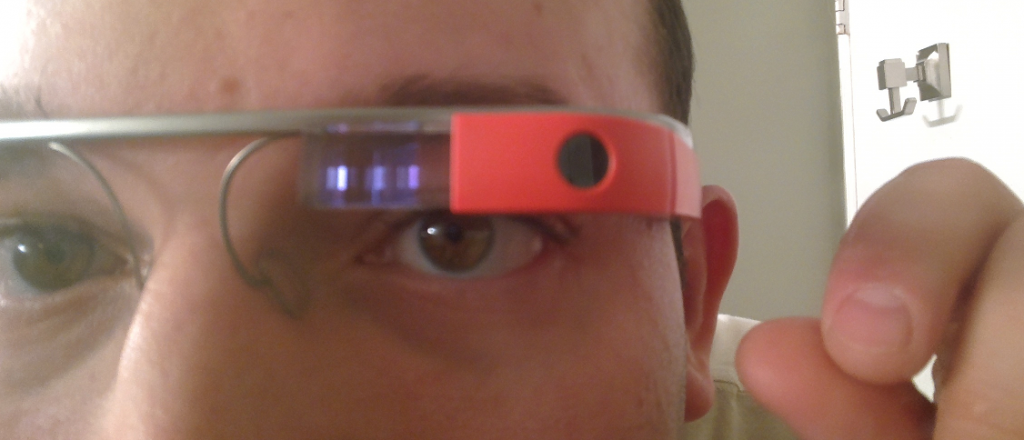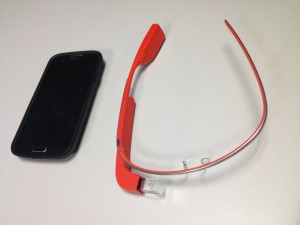Before you laugh at the notion and discount the idea as science fiction, you might be surprised to learn that many really smart people are trying to make this happen, and they are making real progress.

http://wondergressive.com/wp-content/uploads/2014/01/WG-computer-brain.jpg
Exhibit A: The MIT Media Lab in NYC
Skip ahead one minute into this 60 minute video
Exhibit B: A company named Neuralink
Neuralink is interesting primarily because of the man who is behind it, Elon Musk. You may know who he is already, but for those that don’t, he has been involved in a just a handful of successful endeavors. Among them is the invention of a computer with four wheels that can driver really fast and runs on electric, commonly referred to as a Tesla. Oh yeah, and it can dance.
Dancing cars are cool, but Musk feels that artificial intelligence could be a risk to the human race, and if you can’t beat it, join it. He reasons that we are all “cyborgs” already, part human and part machine, thanks to the modern smartphone. Our input system (sight) is high bandwidth, he says, but we have an output bottleneck to contend with…two thumbs. He created a company with the goal of solving that problem by finding a way to connect our brain to the internet.
STOP RIGHT THERE, MUSK!
My brain is one network that must remain air gapped for all time. We can’t reliably protect my WiFi thermostat, let alone the super computer inside our head that makes you, you and me, me. I would imagine that most information security professionals will react similarly, but as technologists many would accept the risk so we can be super CISOs and the like. But fear not! The rest of us will still have jobs. How do I know? We will always need someone to protect the internet connected brains from a massive and devastating denial of service attack, and it will be the non-internet connected mortals that will have to do it.
Before you assume I lost my non-internet connected mind, rest assured most of this article was written in jest. But all kidding aside, let’s figure out how to protect artificial intelligence consistently before we put our actual intelligence at risk. Many technology experts, including Musk, are concerned about the weaponization of artificial intelligence, which is a ship that has already left the dock. I would much rather see artificial intelligence leveraged to create self-patching software or a programming language that can keep our data safe without the contingency of developer perfection. Until then, I’ll work within the constraints of having two thumbs,and be grateful for the extra four fingers on each hand that allowed me to generate this output at about 65 wpm.
Thanks for reading and don’t forget to subscribe.



 I recently became aware of a couple of scams that can significantly hurt your wallet because the end result is a bunch of unauthorized, but legitimate (from the phone company’s perspective) charges on your cell phone bill. The prevention of these scams is extremely simple and non-technical.
I recently became aware of a couple of scams that can significantly hurt your wallet because the end result is a bunch of unauthorized, but legitimate (from the phone company’s perspective) charges on your cell phone bill. The prevention of these scams is extremely simple and non-technical.
